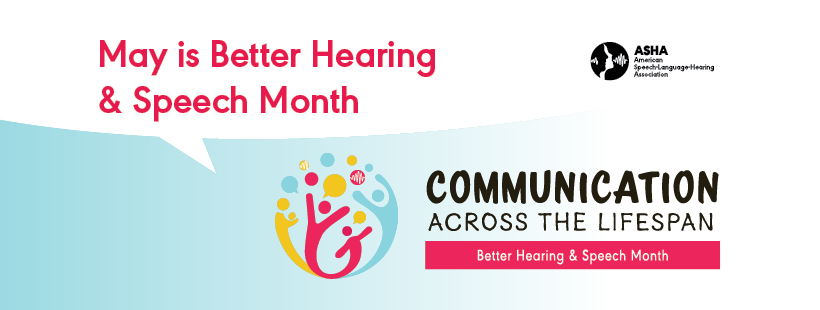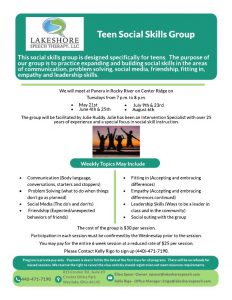The American Speech-Language-Hearing Association (ASHA) is “the national professional, scientific, and credentialing association for 204,000 members and affiliates who are audiologists; speech-language pathologists; speech, language, and hearing scientists; audiology and speech-language pathology support personnel; and students.”
What does this mean? What does it take to get ASHA certified? How do speech-language therapist maintain this certification? How do I know if my therapist is ASHA certified? These questions are not only a great way to start the search for a speech-language pathologist, but realize the work and expertise your very own speech-language pathologist has to maintain to serve you and your loved one.
Being ASHA “certified” means the speech-language pathologist holds a Certificate of Clinical Competence (CCC), a nationally recognized professional credential that represents a level of excellence in the field of Speech-Language Pathology (CCC-SLP). Therapists who hold an ASHA certified Certificate of Clinical Competence have met rigorous academic and professional standards, going beyond the minimum requirements for state licensure. A Certificate of Clinical Competence is only issued to those professionals who have completed a master’s degree (or doctorate degree) from a graduate level Speech-Language Pathology program at an ASHA accredited institution of higher learning, passed the national exam adopted by ASHA and completed a 9 month ASHA clinical fellowship under the supervision of a speech-language pathologist that has their CCC. This is in addition to any requirements set forth by the state board of licensure. Needless to say, the work does not end once a speech-language pathologist has fulfilled all of the requirements indicated above. To maintain this certification, in 3 year intervals, a speech-language pathologist must completed 30 hours of ASHA approved professional development. This is separate from the necessary requirements to maintain the state board licensure. For a more in depth explanation of ASHA and the process to acquire the certificate of clinical competence, please visit the ASHA website.
You can be confident that a speech-language pathologist who holds their CCCs is a professional who is dedicated to being informed and studying the most recent developments in the field, provides the highest level of care, and is being held to a higher standard of professional growth. We at Lakeshore Speech Therapy, LLC are proud to share that all of our speech-language therapists are ASHA certified.
Yours in Speech,
Lakeshore Speech Therapy, LLC.

















